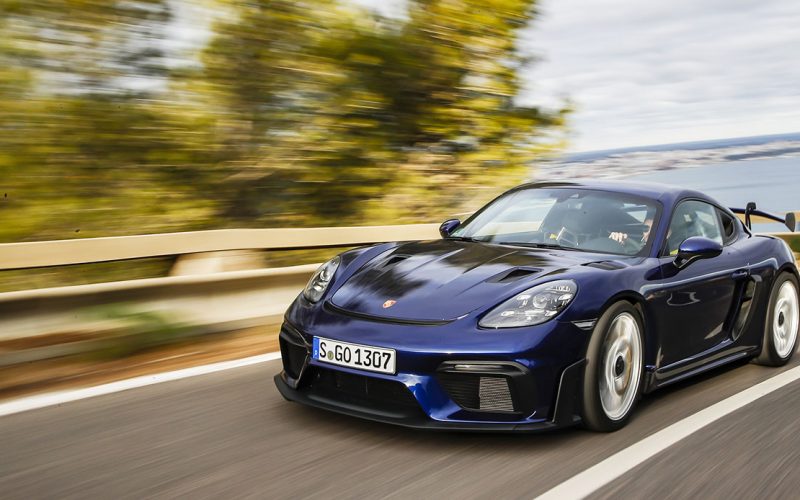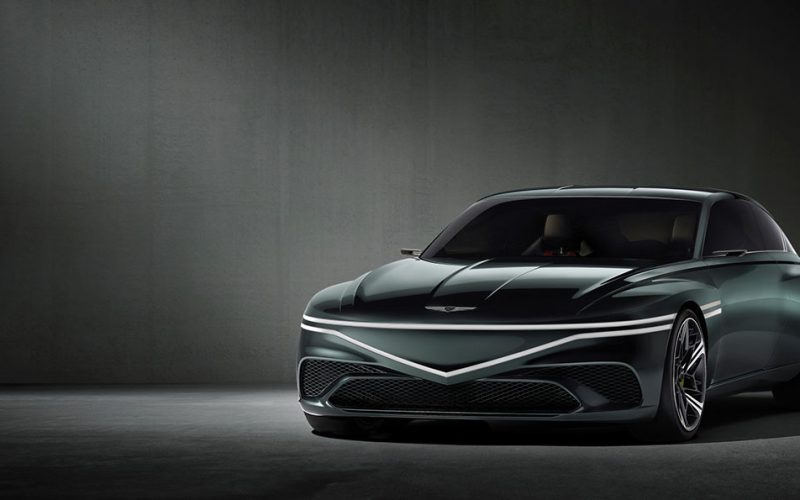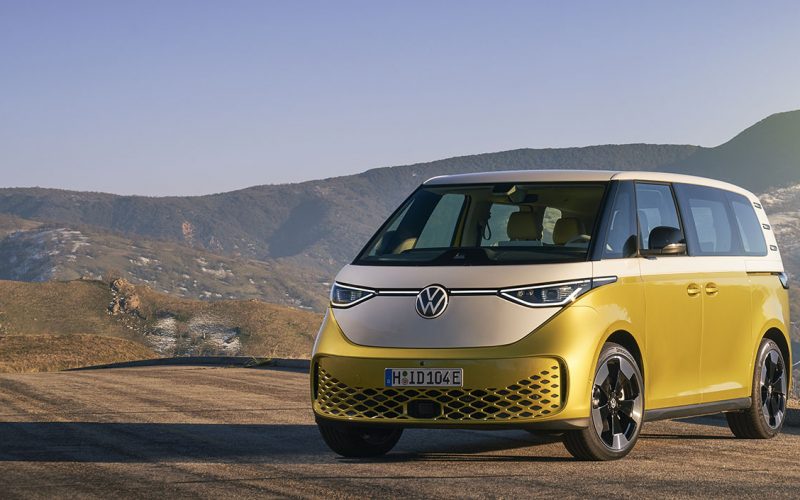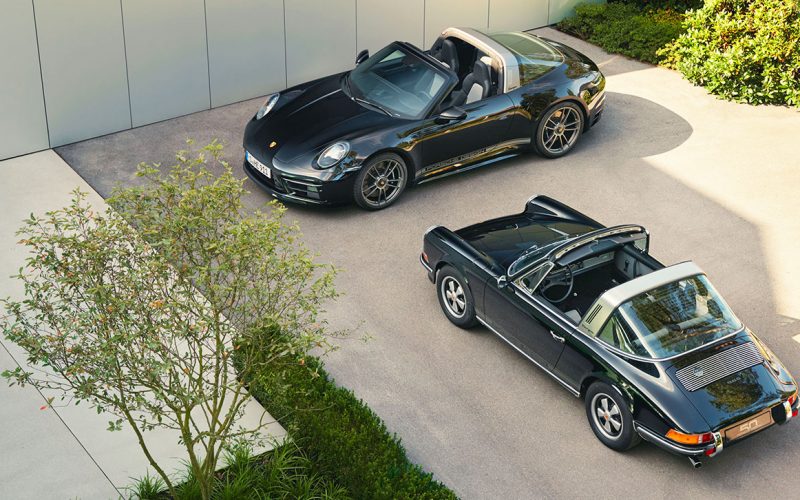
Reading Time: 2 minutesLike it or lump it, both 718 models’ horizontally opposed “lumps” are getting tossed when the

Reading Time: 3 minutesWith the world’s automotive sector quickly transitioning from internal combustion engines and interim hybrid-electric models to

Reading Time: 7 minutesGood news! The VW van is actually coming back, and it looks like this visual blast

Reading Time: 5 minutesPorsche Design, the quintessential sports car brand’s (and performance crossover maker’s) in-house design department, is celebrating
© 2025 The Car Magazine. All Rights Reserved, Privacy Policy | Terms of Use